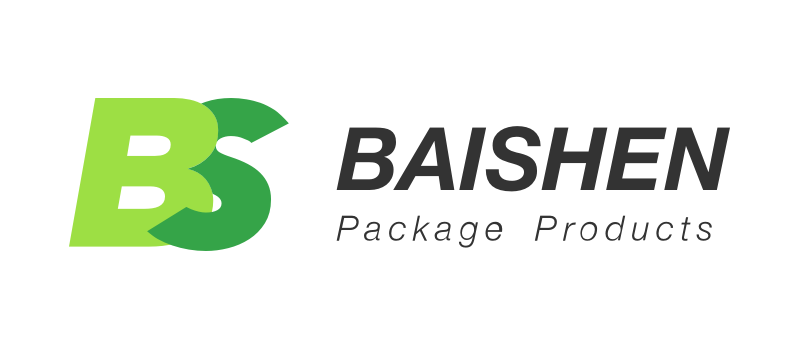Over the past few years, the term sustainability has moved out of the peripheral fringe of corporate responsibility and consumer awareness towards the core of their agenda. In this changing world, the production processes of all industries have been taken seriously, and the printing industry is not an exception. The environmental aspect of print has long been the object of a major controversy, which relates to consuming resources and the use of chemicals in conventional printing. The rise of digital printing technology, though, has essentially changed this dialogue and brought a valid alternative to traditional practices.
This paper offers a critical discussion of the role of digital printing in a sustainable future. We are going to compare the fundamental variations between printing technologies, resolve the main environmental controversy, and introduce five primary facts related to waste, energy, materials, applications, and the cycling economy. Through the additional elements of challenges and future direction, we hope to provide brands and consumers with the knowledge that would guide them to make informed choices.
Understanding Digital Printing: How It Differs from Traditional Methods
In assessing the sustainability of any technology, the first thing that a person should do is to know the dynamics of that technology. Traditional printing techniques, which include offset printing and screen printing, have always dominated the printing industry. Traditional printing, especially the offset process, is a mechanical process that involves the production of physical plates of printing plates to be used for each color of a design. The transfer of ink on these plates is to a rubber blanket and then to the printing substrate. This is very effective in large static print quantities, yet it requires a lot of initial investment in materials and time.
By contrast, digital printing is a direct-to-substrate procedure that moves a digital file (e.g., PDF) to the printer. Inkjet and electrophotography (with the help of toners) technologies do not involve the use of printing plates, leading to less waste. This basic distinction implies that each and every impression can be made different, something which is not possible in the traditional approach. This is the difference in the manufacturing process, and it is the key contributor to the variation in the environmental aspects between the two systems.
For a deeper comparison between digital and flexographic printing methods, you can refer to our article on Digital vs. Flexo Printing.”
Is Digital Printing Sustainable? The Environmental Debate Explained
Whether digital printing is sustainable or not is not a black and white question. In recent years, the discussion on the environmental topic has become subtle, and arguments on both sides are reasonable. Advocates of digital printing note its accuracy, short-run efficiency, and a considerable decrease in physical and chemical waste. Print-on-demand capability goes hand in hand with the concept of modern lean manufacturing and is in direct opposition to the print and store model that causes obsolescence and wastage.
On the other hand, opponents and supporters of modernized traditional printing cite the great efficiency of offset presses on large quantities of print, where the amount of energy used per unit and carbon footprint could be smaller than that of digital printing. They also have good issues relating to the life cycle of digital printers, disposal of electronic waste, disposal of ink cartridges, and toners. The essence of the discussion, however, is not proclaiming one process or another to be universally the best, but discerning which printing process will highlight the benefits of digital printing and be the least harmful to the environment in a certain situation. These variables will be dissected into the following facts that will give a clear picture.
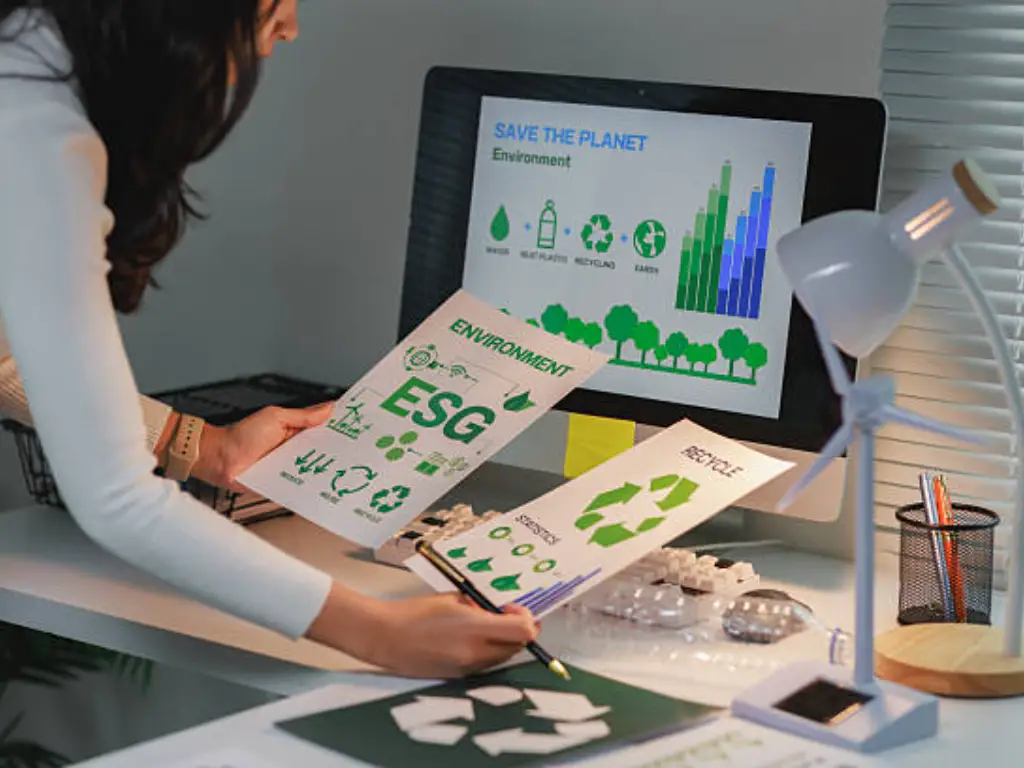
Fact 1: Digital Printing Reduces Waste Through On-Demand Production
The greatest sustainability case of digital printing is that it causes a drastic change in the waste. This advantage is based on two strong grounds, namely setup and inventory. In conventional offset printing, a make-ready stage has to be used to get the printing plates aligned and the right density of color. According to industry statistics, this process is capable of using 200 to 500 pieces of paper and large volumes of ink before the first viable copy is obtained. Digital printers virtually minimize this paper waste, and they barely need setup sheets.
More than that, the economics of offset require high print runs. This usually compels companies to buy higher levels of marketing documents or containers than they require now, and consequently, the inventories are quite high and can easily turn outdated. The book and publishing industry research has shown that inventory and returns have the potential to consume up to 40% of the costs of a publisher, with most of the books that are not sold ending up in landfills. Digital printing is good for short runs, giving companies the capability to undertake a print-on-demand model. This practice is a friendly choice that saves on precious resources since production is made according to the real-time demand, ensuring lower environmental impact and no overproduction, consequently reducing the environmental strain.
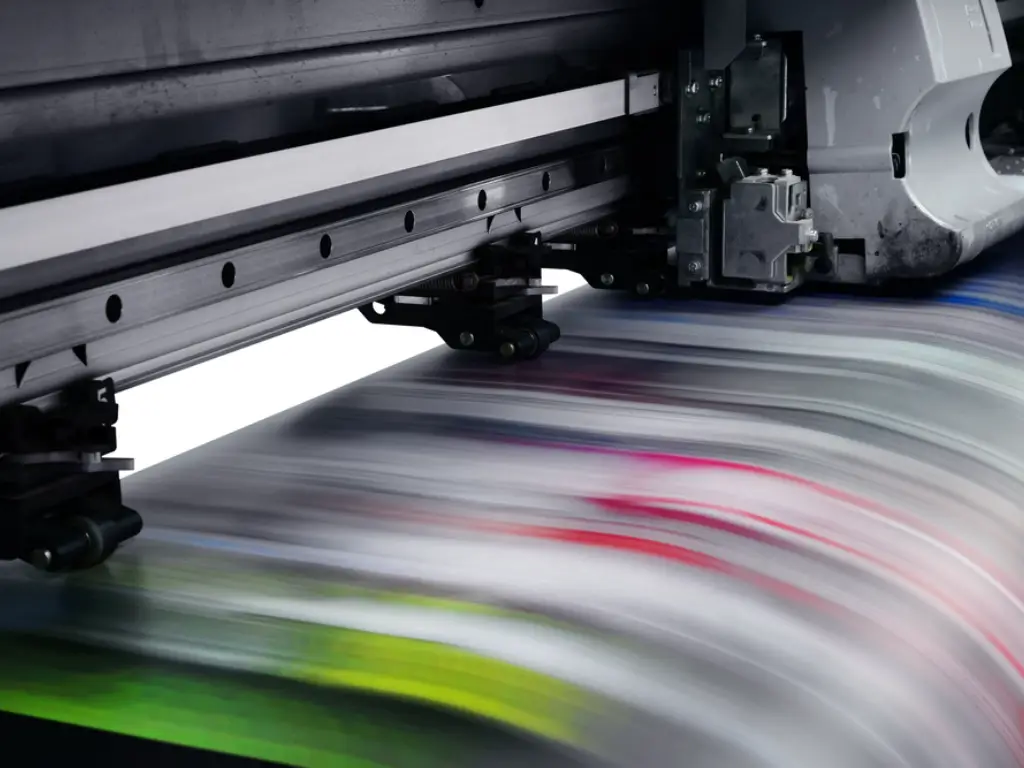
Fact 2: Energy Efficiency and Carbon Footprint of Digital Printing
Looking at the energy use and the emission of carbon, one has a complex, scenario-specific situation. The old style of printing presses depended on the use of a huge, heavy machine, which consumed a lot of energy to run. The period of the highest power usage occurs at their start-up and making ready. An experiment conducted by the Printing Industries of America determined that it was much more energy-intensive to run a short job of 1,000 print offset press than the same job on a digital press as a result of these setup requirements. For a detailed comparison of offset and digital printing in terms of energy consumption, refer to our article on Offset Printing vs. Digital Printing.
Digital ones, however, generally use less energy to set up and can print nearly as soon as they are ready. When short to medium print runs are considered, this translates to the proven lower total energy consumption as well as reduced carbon footprint. In some cases, though, where the print jobs are very high-volume and do not change, even a modern, efficient offset press can be consuming less energy per unit. Manufacturers have realized this and are taking steps; an example is that HP stated its latest digital presses used 30 percent less energy per page than its digital presses a decade earlier, and clearly indicated an upward trend in efficiency.
Fact 3: Eco-Friendly Inks and Materials in Digital Printing
Sustainability of a printed product is both regarding what is consumed, as much as it is about the process. Digital printing has been at the forefront in the implementation of environmentally friendly inks that have less environmental impact. According to the U.S. Environmental Protection Agency (EPA), even traditional solvent-based inks can have up to 60-80% VOCs, whereas the new water-based digital inks may have under 5 percent VOCs. Such a drastic cut in VOC emissions enhances the air quality and safety in the workplace.
The selection of printing material is also very important. The fact that digital presses are compatible with a vast range of substrates enables the adoption of more sustainable ones. This also involves printing on recycled paper and boards. The American Forest & Paper Association states that more than 68 percent of all paper used in the U.S. was recycled in 2022, and the fact that digital printing can be used to create vivid effects on such materials is one advantage. Traditional printing methods require large amounts of water, but the combination of the recycled material and the accuracy of the digital print is an effective synergy in overcoming a strain on the environment.
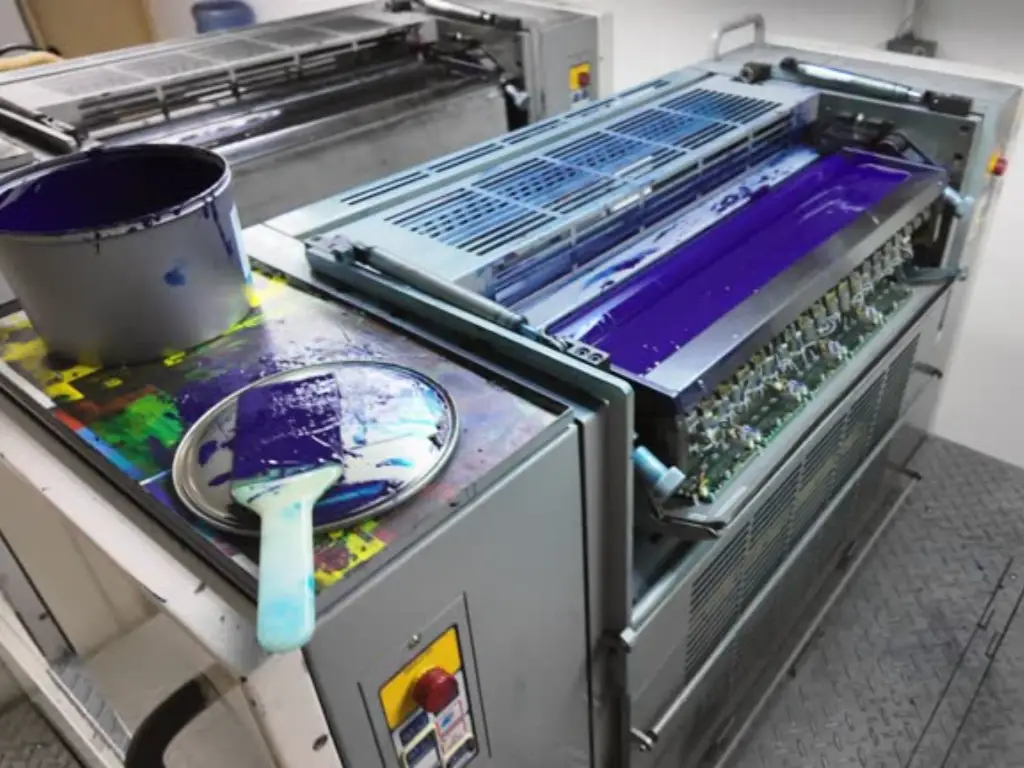
Fact 4: Digital Printing and Sustainable Packaging Solutions
One of the industries that has had a far-reaching impact on redefining digital printing packaging is the packaging industry. The conventional methods of packaging manufacturing required huge minimum order quantities (MOQs). A report by Smithers estimates the world market of digitally printed packaging to reach $49.7 billion by 2028, which is largely fuelled by shorter run lengths and pulping. This means that brands can be able to commission customizable packaging that meets the changing demands of the market, promotions of different seasons, and product trials without incurring the financial and environmental expenses incurred in outdated packaging, making digital printing packaging a far more sustainable option. This feature facilitates sustainable packaging. Digital presses are becoming more capable of printing on recyclable mono-materials and substrates with high content of post-consumer recycled (PCR) content. Digital printing packaging also has a cleaner production process, since the plate-making phase is eliminated, and the use of solvents and chemicals in the production of flexographic and gravure packaging printing is also reduced.
Baishen Pack: Providing Sustainable Custom Packaging Solutions
Baishen Pack has responded to the increasing number of people demanding eco-friendly solutions by being at the forefront to deliver high-quality and sustainable custom flexible packaging. Our packages are offered to the food industry, beverage industry, pet food industry, and nutritional supplements, with specialization in digital printing packaging. Your products will not only fit the sustainability requirements of contemporary brands but will also make your products stand out in the market.
Digital printing technology can allow Baishen Pack to provide short-run (flexible) production, avoiding high inventory and overproduction costs that are typical of traditional packaging. The packaging used is unique and keeps the content safe and fresh, besides presenting accessible features such as tear notches, resealable alternatives, and clear windows, which add value to consumers.
In case you want to select mutually friendly, innovative, and competitive packaging options for your brand, Baishen Pack is the best company to cooperate with. Reach out to us now and see how our custom packaging can be used to address your requirements and put your brand on the path to a sustainable future.
Fact 5: Certifications, Recycling, and Circular Economy Practices
Third-party certifications offer an acceptable structure of sustainability claims. In the print industry, there are a few standards that are used to guide businesses and consumers to make a truly amicable decision. The Forest Stewardship Council (FSC) and the Programme for the Endorsement of Forest Certification (PEFC) guarantee that the products of paper and wood are produced in forests that are responsibly managed and serve as a source of essential renewable resources.
Moreover, certifications such as the EU Ecolabel and the Blue Angel are rulings on the whole product lifecycle, starting with raw materials to final disposal. Another essential part of the circular economy is the so-called deinkability, the possibility of the correct removal of ink from the paper fibers during the recycling process. Such norms as those established by organizations such as INGEDE play a fundamental role here. A variety of digital printing inks and processes are now able to score high on deinkability, and this means that printed materials can be reintroduced into the paper production process successfully. Such sustainable printing practices will be necessary for any printing firm that cares about its environmental obligation.
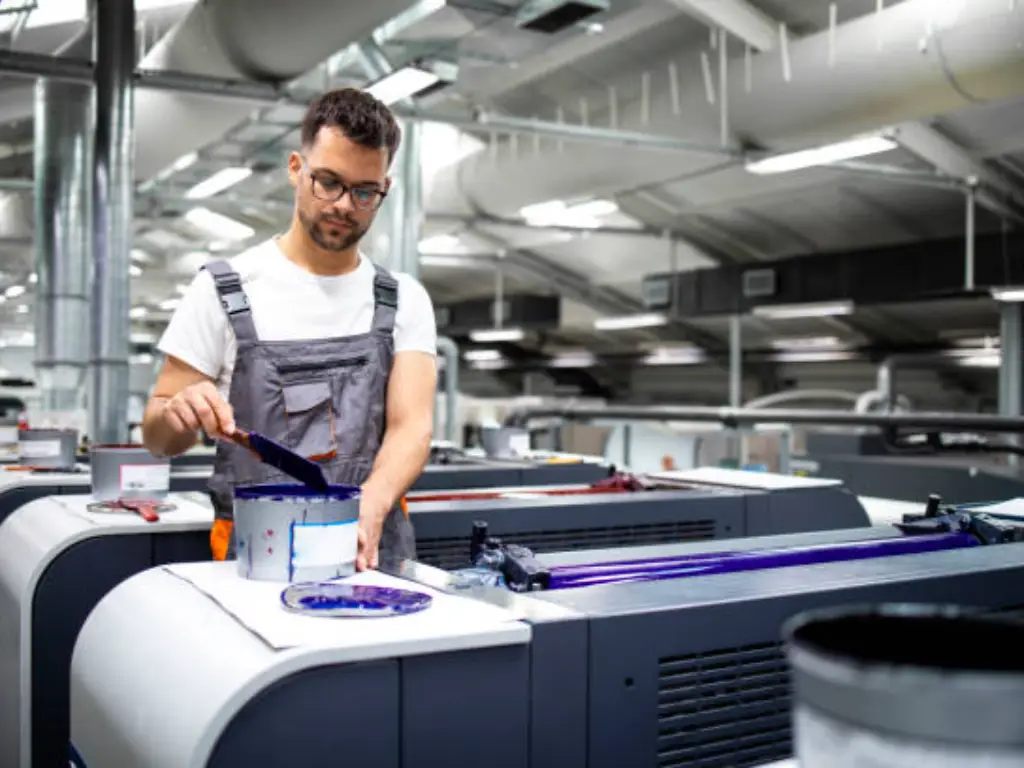
Consumer Demand and Brand Responsibility in Sustainable Printing
Sustainable printing is not taking place in a vacuum; it is a process that is highly influenced by market dynamics. Current consumers are more conscious than ever before and are also demanding that more brands be brand responsible. What a brand uses to do its printing, the methods it uses, and the materials it uses in its packaging, catalogues, and marketing collateral are now seen to be a visible indication of what a corporation believes in.
This means that sustainable practices are being used by brands as a source of differentiation. By deciding to use the services of a printing company that employs eco-friendly practices, digital technology, recycled paper, and the use of friendly ink, they are able to convey a strong message of environmental custodianship. It forms a virtuous circle within which consumer demand is driving the brands to more sustainable choices, which, in turn, provokes additional innovation and accessibility in the print field.
Challenges and Limitations: Where Digital Printing Still Needs Improvement
Although digital printing has numerous sustainability benefits, there are still no harm-free sides to it when considering eco-friendly printing. The primary issues revolve around ink compounds, electronic waste, energy consumption, and waste end-use. These are the areas where further innovation is needed, as given in the following table.
| Challenge Area | Key Issues | Environmental Impact | Improvement Path |
| Ink Formulations | Some UV and solvent-based inks still contain VOCs or toxic compounds. | Air pollution, health risks for operators. | Shift to water-based, plant-based, or algae-derived inks. |
| Electronic Waste | Digital presses, print heads, and cartridges have limited lifespans. | Add to global e-waste, hazardous materials in landfills. | Establish take-back and recycling programs, and modular equipment design. |
| Energy Consumption | Extended, continuous print runs may use more power than offset presses. | Higher carbon emissions per unit in the long run. | Invest in energy-efficient technology, apply AI for workflow optimization. |
| Lifecycle Management | Lack of comprehensive recycling for equipment and consumables. | Low recovery rates, limited circular economy integration. | Adopt third-party certifications, strengthen closed-loop systems. |
This is not an ultimate judgment but a plan of action to follow. The above paths of improvement indicate that although the credentials of the digital printing are not absolute, the industry has definite ways of improvement. To achieve an actual sustainable future, the manufacturers should make green ink innovation, energy efficiency, and circular economy practices the most important developmental pillars.
Future Outlook: How Digital Printing Is Evolving Towards Net-Zero Goals
Technological innovation is an inherent part of the future of sustainable printing. The digital printing sector is proactively striving to overcome the existing shortcomings and to match the global net-zero requirements. The research and development is aimed at developing the new generation of bio-based and algae inks that would be entirely free of any harmful chemicals.
There is also the adoption of artificial intelligence and automation to streamline production, minimize energy consumption, and reduce material wastage. The move towards a completely circular economy is motivating the development of recyclable substrates and more effective deinking operations. With more companies trying to achieve sustainability goals and go carbon neutral, they will be utilizing printing partners who invest in renewable energy to run their facilities and provide transparent reporting of the environmental footprint of their products. The transformation is happening very fast, and digital printing technology is at the forefront of this green revolution.
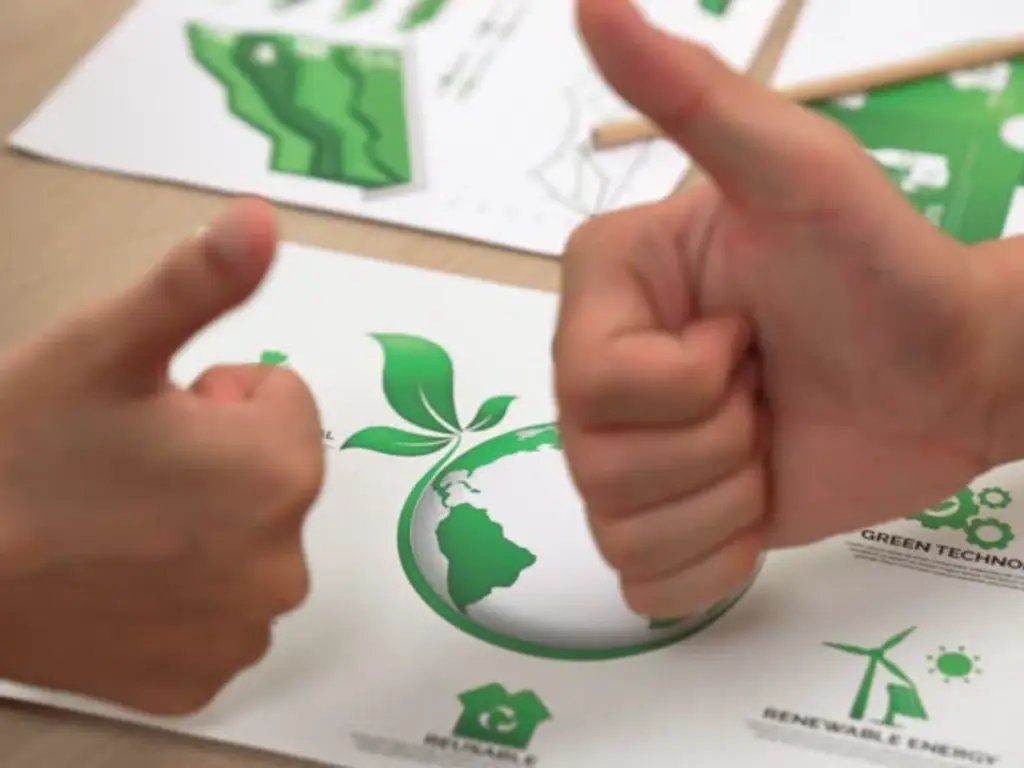
Conclusion
Going back to the main question- is digital printing sustainable? The evidence suggests that it is an important and measurable progressive leap in most aspects of traditional printing. Digital printing, with its ability to produce on demand and reduce wastages by a large margin, the ability to use eco-friendly materials, and the ability to produce shorter to medium runs that prevail in the current business sector, is a more sustainable printing process in a wide variety of applications.
Sustainability, however, is not a state but an ongoing process of enhancement. It is not about digital versus offset but is a comprehensive strategy, which incorporates the sourcing of certified materials, non-toxic inks, reducing energy use, and designing to be recyclable. By adopting these practices, companies can make informed decisions about their approach to reducing their environmental footprint and address the needs of a conscious consumer base. Going digital with their printing services is not only a responsible decision but also a strategic one.
